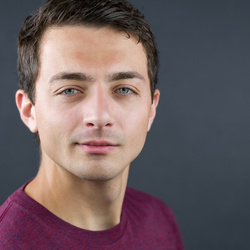Capturing great photos in low light can be a serious challenge, but it’s a skill worth mastering.
Coming to you from Pierre T. Lambert, this informative video breaks down the essentials of low-light photography and why it’s so tricky. Lambert starts by explaining the core issue: photography is all about capturing light, and when there’s less of it, your camera struggles. The ISO, which controls the sensitivity of your camera’s sensor, becomes a double-edged sword. While bumping up the ISO lets you shoot in darker environments, it also introduces noise, reduces dynamic range, and mutes colors. Keeping the ISO low is ideal, but that’s easier said than done when light is scarce.
Lambert offers two main strategies to deal with low light. The first is to add light to your scene. This could be as simple as bringing portable lights like the handheld light tubes Lambert uses in a shoot with a cyclist in Chicago. By introducing controlled light sources, you can keep the ISO low, maintain sharpness, and ensure your subject stands out from the background. This approach is particularly useful when you have some control over the environment and can bring equipment along.
The second strategy Lambert discusses is working with the light that’s already there. When adding light isn’t an option, look for sources in your surroundings, like street lamps or shop windows, to illuminate your subject. This technique requires a keen eye and quick adjustments, but it’s invaluable for street photography or spontaneous shoots where you don’t have time or tools to set up additional lighting. By using natural or ambient light effectively, you can often avoid the pitfalls of high ISO settings.
Lambert also touches on the importance of using lenses with wider apertures in low light situations. A lens with an aperture of f/1.8 or f/2.8 allows more light to hit the sensor, making it easier to shoot in dim conditions without cranking up the ISO. While these lenses can be pricey, they’re a worthwhile investment, especially if you frequently shoot in challenging lighting. If a new lens isn’t in the budget, consider looking for used options or starting with a more affordable prime lens like a 50mm f/1.8. Check out the video above for the full rundown from Lambert.






